Thanks to advancements in technology, virtual building attendants are more sophisticated than ever, allowing residents to control access to their buildings from their phones from anywhere in the world. But as a recent 2022 lawsuit shows, there is no substitute for an in-person door attendant for some. A luxury buyer accused a brokerage of misrepresenting an apartment as being in a doorman building; as there is only a virtual attendant system in place, she no longer wants the apartment and is suing to get her deposit back.
This article discusses the different types of doorman buildings and the types of services they provide, some of which can be signified by the types of uniforms they wear.
This article discusses the different types of doorman buildings and the types of services they provide, some of which can be signified by the types of uniforms they wear.
In this article:
Types of doorman buildings
First, there are the stereotypical doorman buildings—the ones often depicted in films. These are generally luxury, pre-war buildings located on prime stretches of real estate along Park Avenue, Museum Mile, or Central Park West. In these buildings, you’ll not only find doormen but doormen dressed just like they do in the movies—in other words, wearing antiquated-looking uniforms with white gloves. These doormen will flag a cab for you in a downpour, open doors for you when you walk in or out of the building, and do basically anything else they can do, provided it is considered appropriate. But these aren’t the only doormen you’ll encounter in New York City.
Most New York City doorman buildings are co-ops, many catering to middle-income families, and few of these buildings are “white-glove.” In fact, in most doorman buildings, the staff neither wear white gloves nor suits that look they were purchased after someone wrapped production on a costume drama set in the 19th century. But don’t judge a book by its cover. Even without the white gloves and tails, these doormen still do a lot of things for residents, including accepting packages, helping with heavy lifting, and greeting you and your family as you come and go throughout the day.
The final tier of buildings that are sometimes falsely classified as doormen buildings are those staffed with 24-hour security guards. In this case, you still do have someone sitting in the entrance and monitoring who comes and goes, but technically, their job is simply security. They may be nice to you or accept your packages, but this is technically not part of any security guard’s job. And this raises an important question: What are the actual duties of a doorman versus a security guard?
The final tier of buildings that are sometimes falsely classified as doormen buildings are those staffed with 24-hour security guards. In this case, you still do have someone sitting in the entrance and monitoring who comes and goes, but technically, their job is simply security. They may be nice to you or accept your packages, but this is technically not part of any security guard’s job. And this raises an important question: What are the actual duties of a doorman versus a security guard?
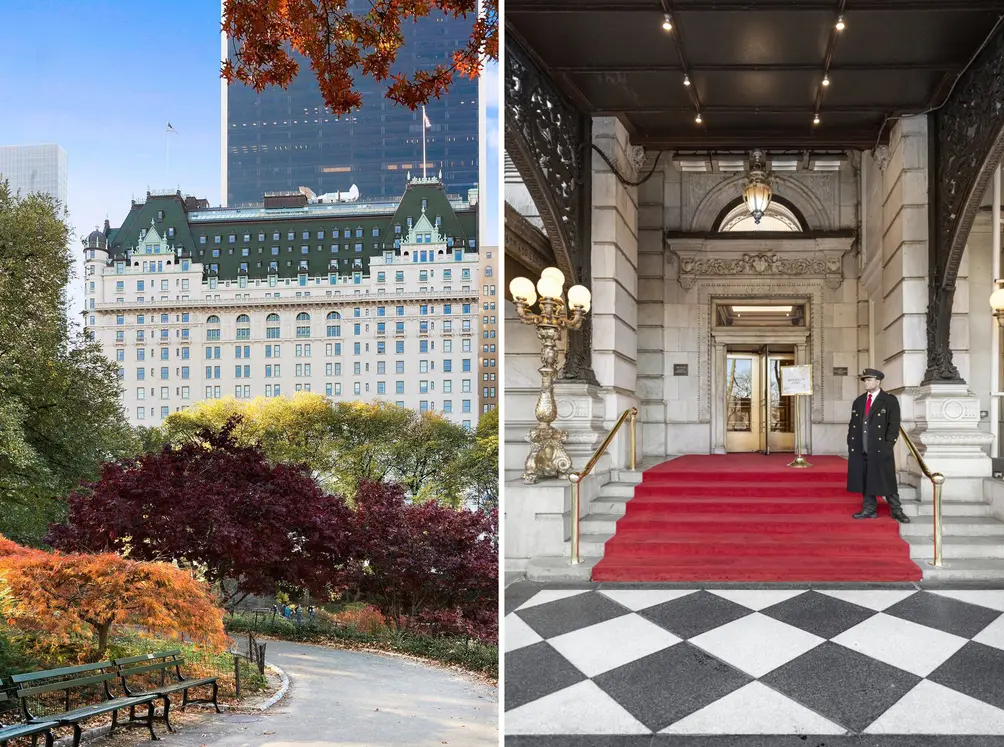
In a city where nice people often appear to be in short supply, the care and courtesy of doormen is something that many New Yorkers consider priceless.
 Fifteen Central Park West (Zeckendorf Development)
Fifteen Central Park West (Zeckendorf Development)
Doormen do a lot more than open doors
To begin, if you have a doorman, you do get 24-hour security, and we’re just not talking about a sleepy guy nodding off in the corner of your building’s lobby. The best doormen know exactly who is in the building at any time. Many doorman buildings are so safe that residents don’t even always feel the need to lock their doors when running out to pick up groceries or go to the gym. But doormen do a lot more than provide security.
Doormen also carry out many convenient tasks on behalf of residents. For example, the doorman on staff always has access to your keys. If you lose your keys, they are there to ensure you can still access your unit, and they will also let your tween in if they arrive home early from school keyless. Likewise, if you’re out of town and your cousin comes to crash in your apartment, they can let in your carefully vetted guest. In addition, they are authorized to accept your packages 24/7 (that’s right, you’ll never lose an Amazon delivery again). Finally, they can give access to contractors, cleaners, and anyone else who might need to enter your apartment while you’re at work or out of town. This can be especially comforting to pied-a-terre owners.
The most important thing that doormen offer, however, is something that is much less visible—they manage effective relations. Let’s face it, New York City can be a nasty place to live. As a result, it is really nice to have someone greet you every morning, high-five your middle schooler when they come home from school, or recognize your mother and help her with her luggage when she comes to visit. Some doormen even dabble in helping tenants meet that special someone, like John Maldonado—the doorman who recently made a guest appearance in the Vows section of the New York Times after he successfully matched two residents.
In a city where nice people often appear to be in short supply, the care and courtesy of doormen is something that many New Yorkers consider priceless. But the fact that most doormen are nice is no coincidence. It really is part of their job. A recent posting for a doorman for a luxury building on the Upper West Side listed several practical skills—for example, tracking and logging the arrival of packages, opening doors, and maintaining the appearance of public areas, especially the lobby—but also listed a series of “soft skills.” This specific job posting emphasized that the right candidate will possess “excellent communication skills, have a memory for names and faces, and exhibit personal warmth toward others.”
Doormen also carry out many convenient tasks on behalf of residents. For example, the doorman on staff always has access to your keys. If you lose your keys, they are there to ensure you can still access your unit, and they will also let your tween in if they arrive home early from school keyless. Likewise, if you’re out of town and your cousin comes to crash in your apartment, they can let in your carefully vetted guest. In addition, they are authorized to accept your packages 24/7 (that’s right, you’ll never lose an Amazon delivery again). Finally, they can give access to contractors, cleaners, and anyone else who might need to enter your apartment while you’re at work or out of town. This can be especially comforting to pied-a-terre owners.
The most important thing that doormen offer, however, is something that is much less visible—they manage effective relations. Let’s face it, New York City can be a nasty place to live. As a result, it is really nice to have someone greet you every morning, high-five your middle schooler when they come home from school, or recognize your mother and help her with her luggage when she comes to visit. Some doormen even dabble in helping tenants meet that special someone, like John Maldonado—the doorman who recently made a guest appearance in the Vows section of the New York Times after he successfully matched two residents.
In a city where nice people often appear to be in short supply, the care and courtesy of doormen is something that many New Yorkers consider priceless. But the fact that most doormen are nice is no coincidence. It really is part of their job. A recent posting for a doorman for a luxury building on the Upper West Side listed several practical skills—for example, tracking and logging the arrival of packages, opening doors, and maintaining the appearance of public areas, especially the lobby—but also listed a series of “soft skills.” This specific job posting emphasized that the right candidate will possess “excellent communication skills, have a memory for names and faces, and exhibit personal warmth toward others.”
The cost of personal warmth
If you want to live in a building with security and built-in personal warmth, it will cost a bit more. The cost of doormen is generally bundled in with other building fees, but on average, fees in doorman buildings do run much higher than they do in other buildings. In Manhattan, $1,400 per month is relatively low for a doorman building and fees can run upwards of $3,500 per month. Fees in buildings without doormen, by contrast, are often closer to $1,000 per month and can be much lower, depending on the neighborhood. But in a city with so many people screaming, yelling, and scowling, can you really put a price on daily personal warmth? For the thousands of New Yorkers who pay more to live in a doormen building, the answer is obvious.
New Listings with open houses in Doorman Buildings
The Mayfair, #4B
$4,950,000
Park/Fifth Ave. to 79th St. | Condominium | 3 Bedrooms, 3 Baths | 2,208 ft2
Open House: Tuesday, August 5, 2025

The Mayfair, #4B (Compass)

Maverick, #20B
$4,795,000
Chelsea | Condominium | 3 Bedrooms, 2.5 Baths | 1,675 ft2
Open House: Sunday August 3, 2025

Maverick, #20B (Douglas Elliman Real Estate)

The International Tailoring Company Building, #9C
$3,318,000
East Village | Cooperative | 2 Bedrooms, 2 Baths
Open House: Sunday August 3, 2025
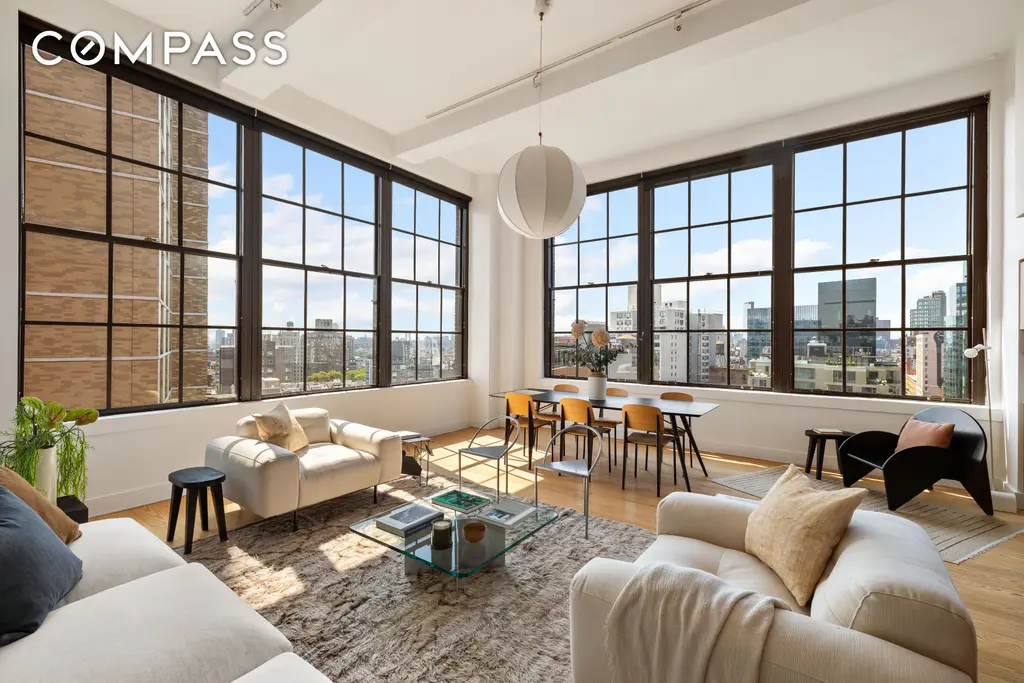
The International Tailoring Company Building, #9C (Compass)
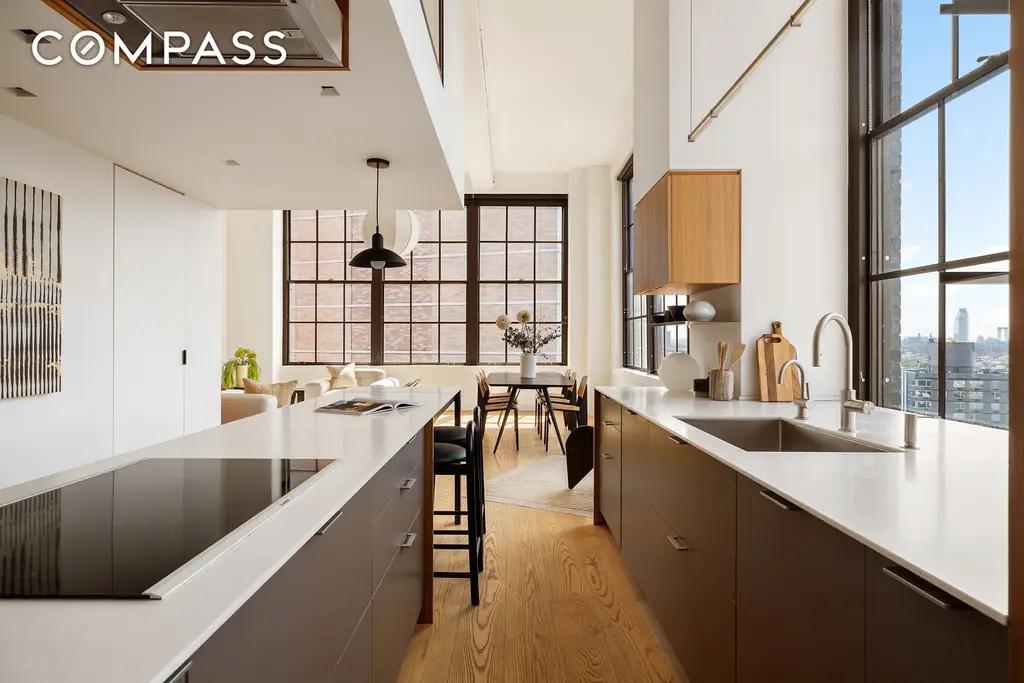

Would you like to tour any of these properties?
Just complete the info below.
Or call us at (212) 755-5544
Number 5, #7TH FLOOR
$2,380,000
Midtown East | Condominium | 2 Bedrooms, 2 Baths | 1,419 ft2
Open House: Sunday, August 3, 2025
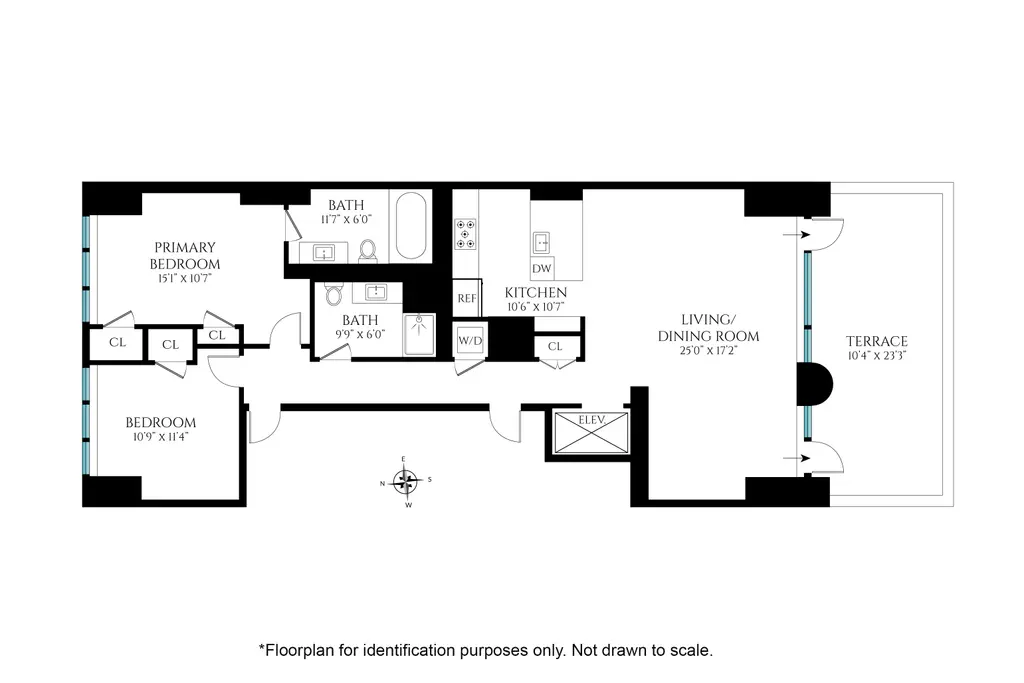
Number 5, #7TH FLOOR (Sothebys International Realty)

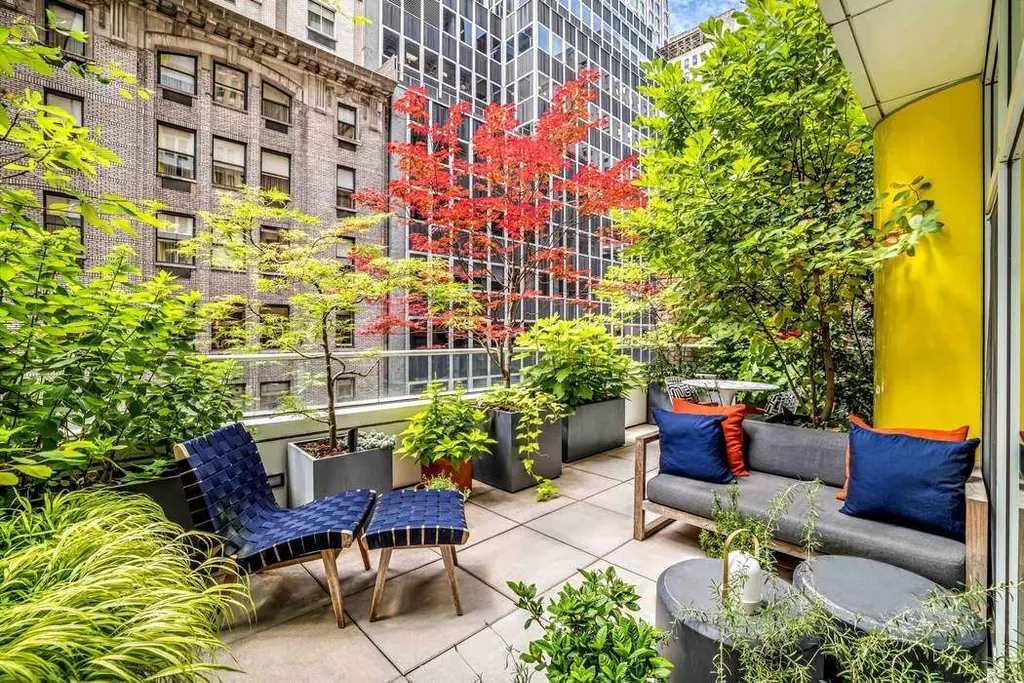
Citizen360, #5D
$1,995,000
Yorkville | Condominium | 2 Bedrooms, 2 Baths | 1,393 ft2
Open House: Sunday August 3, 2025
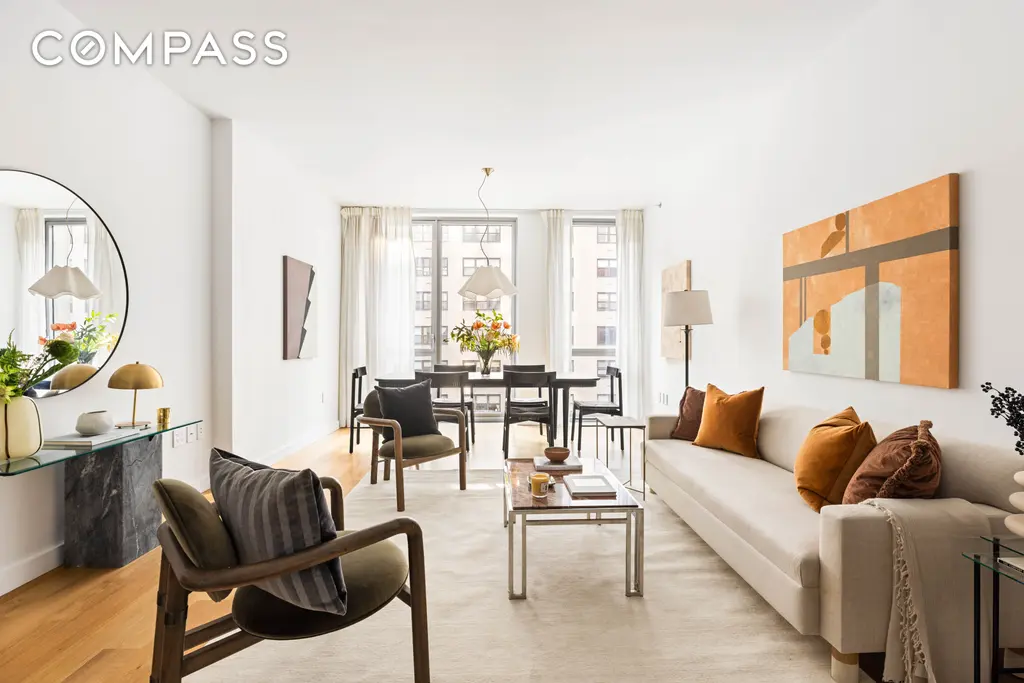
Citizen360, #5D (Compass)
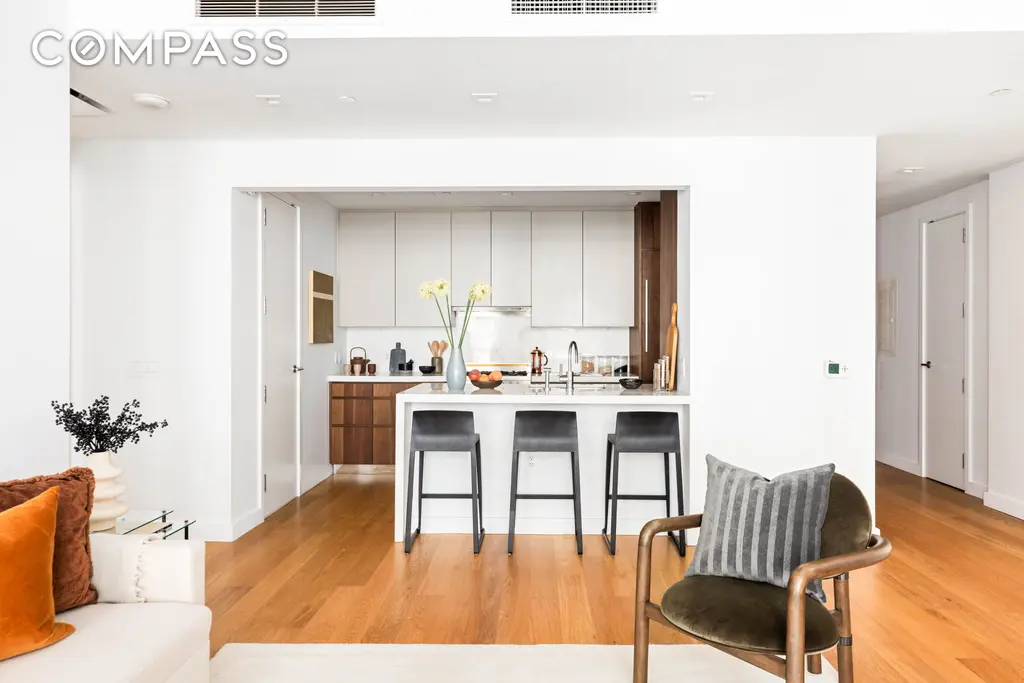
Vita, #2DN
$1,800,000
Midtown West | Condominium | 2 Bedrooms, 2 Baths | 864 ft2
Open House: Sunday August 3, 2025
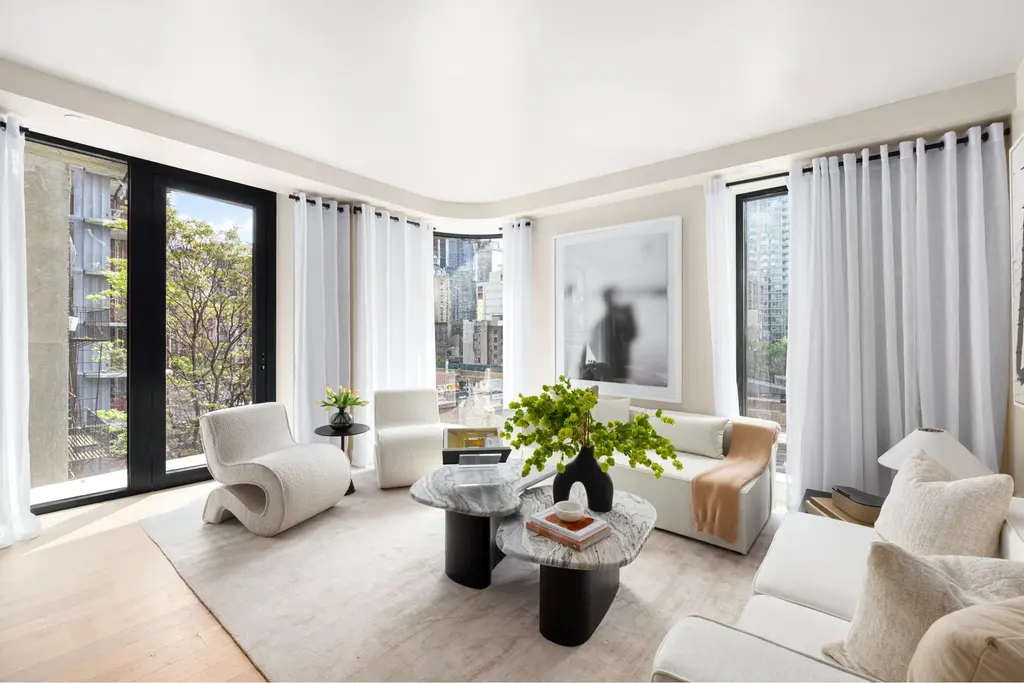
Vita, #2DN (Douglas Elliman Real Estate)
Veneto, #502
$1,649,000
Midtown East | Condominium | 2 Bedrooms, 2 Baths | 1,301 ft2
Open House: Sunday August 3, 2025
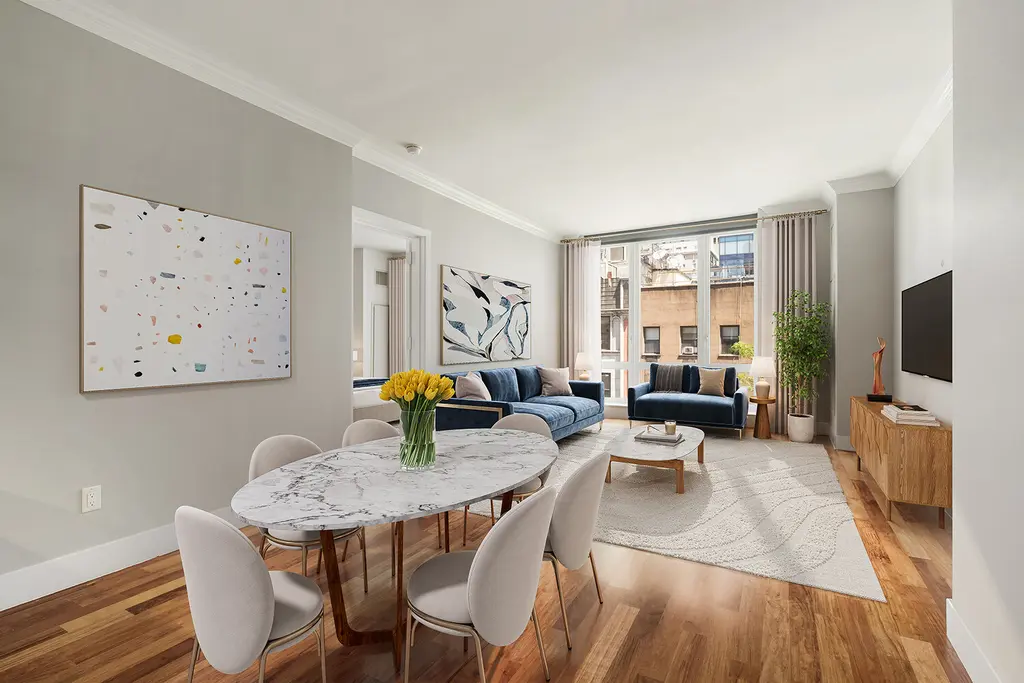
Veneto, #502 (Coldwell Banker Warburg)
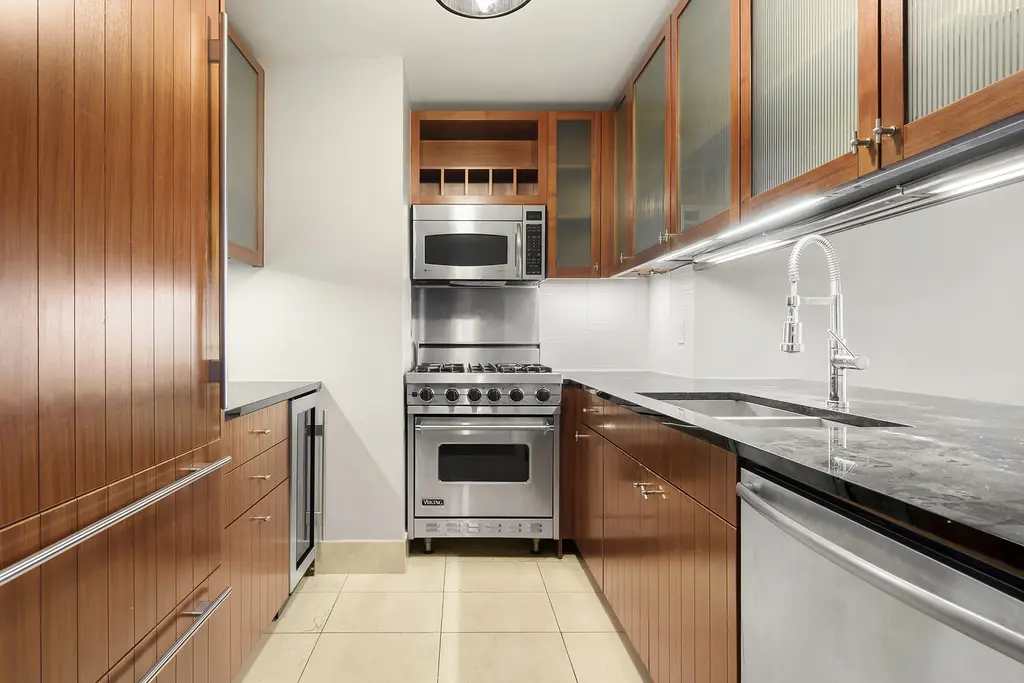
The Corinthian, #47K
$1,495,000
Murray Hill | Condominium | 2 Bedrooms, 2 Baths | 1,134 ft2
Open House: Sunday August 3, 2025
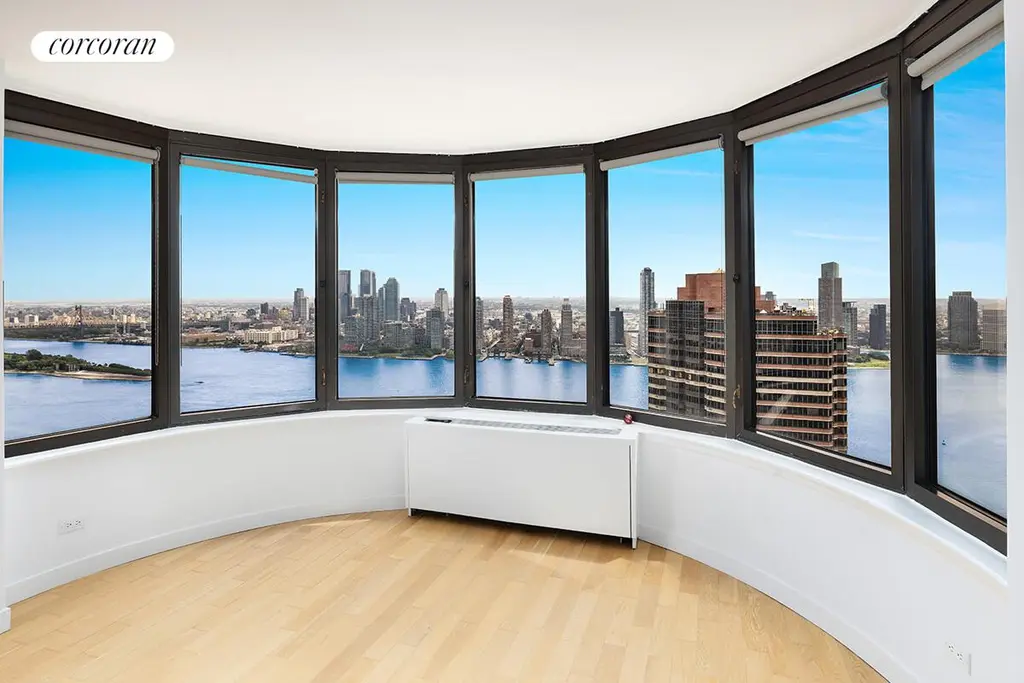
The Corinthian, #47K (Corcoran Group)

CitySpire, #3602
$1,489,000
Midtown West | Condominium | 1 Bedroom, 1.5 Baths | 852 ft2
Open House: Sunday August 3, 2025
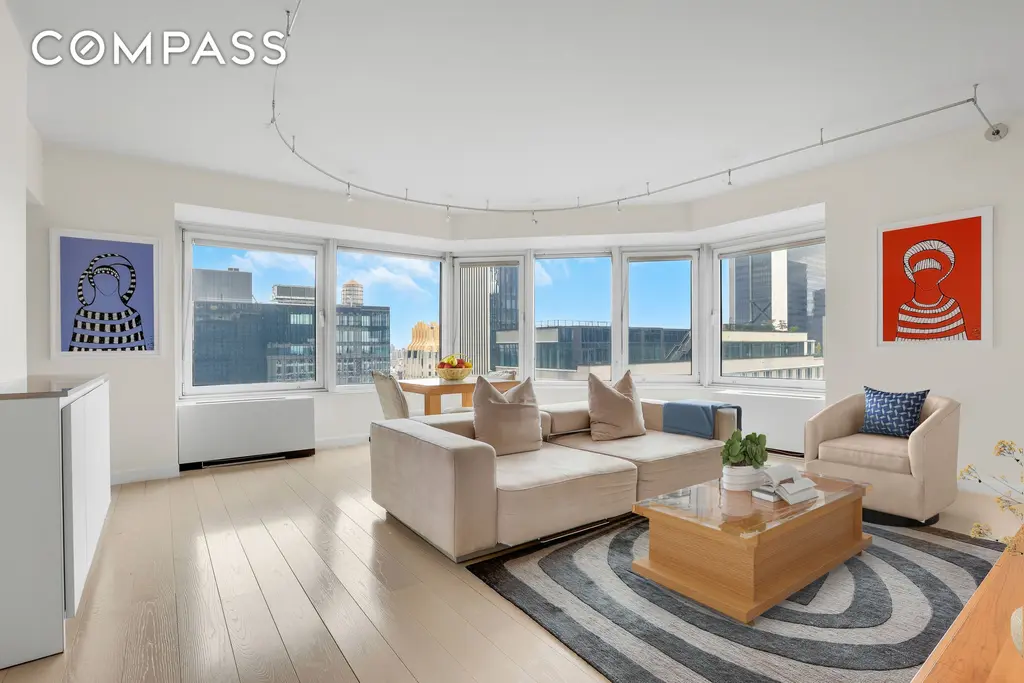
CitySpire, #3602 (Compass)
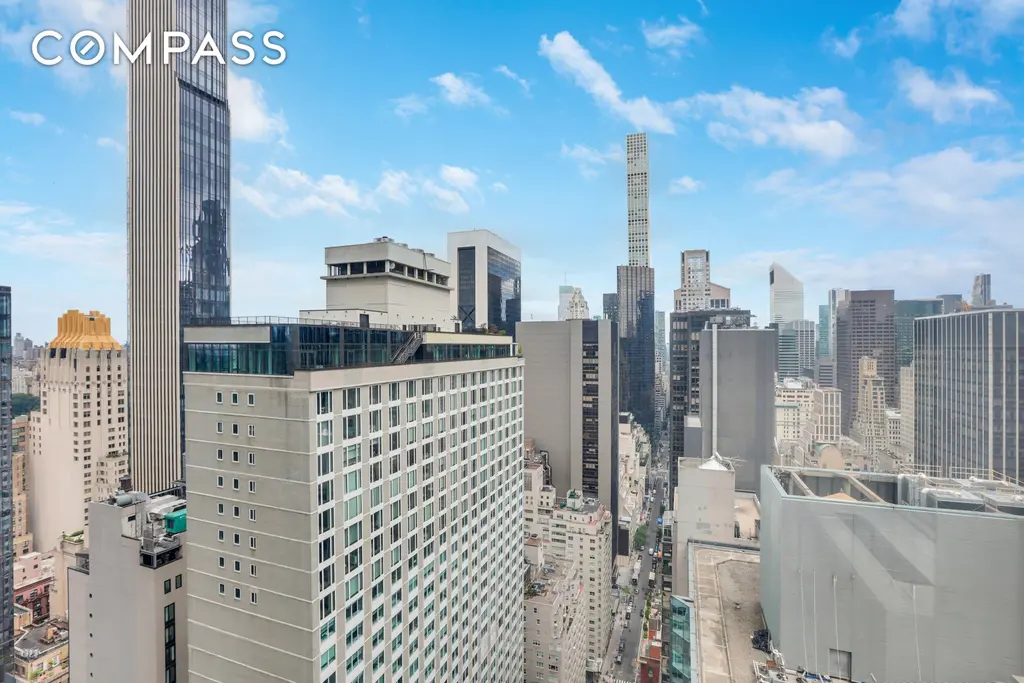
12 Beekman Place, #11A
$1,475,000
Beekman/Sutton Place | Cooperative | 2 Bedrooms, 1.5 Baths
Open House: Sunday August 3, 2025
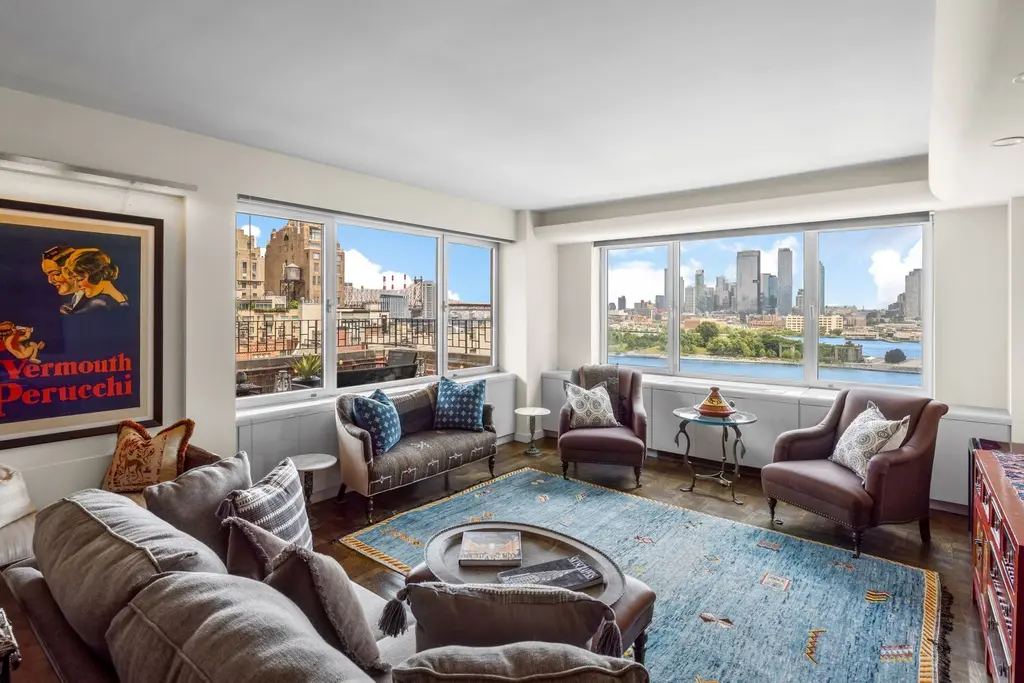
12 Beekman Place, #11A (Berkshire Hathaway HomeServices New York Properties)
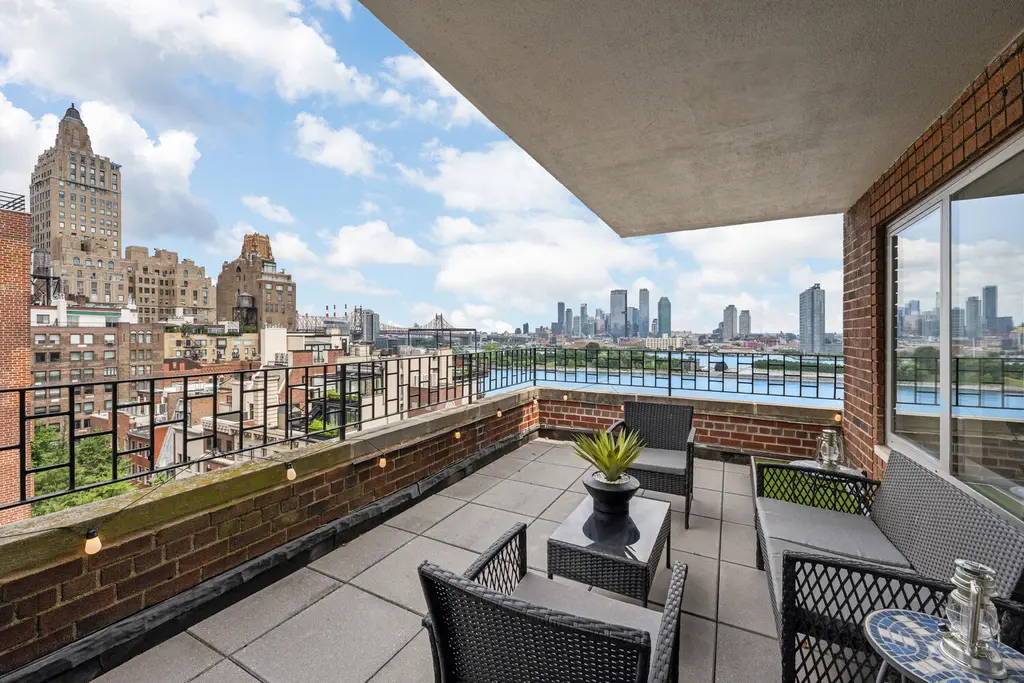
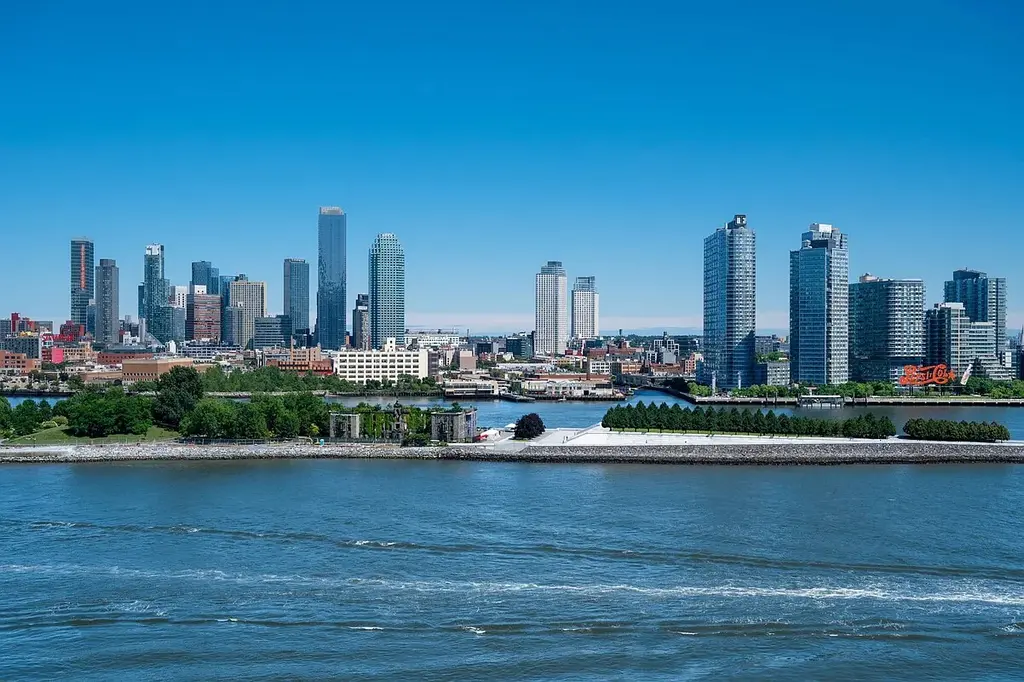
NINE52, #413
$1,450,000
Midtown West | Condominium | 2 Bedrooms, 2 Baths | 1,237 ft2
Open House: Sunday August 3, 2025
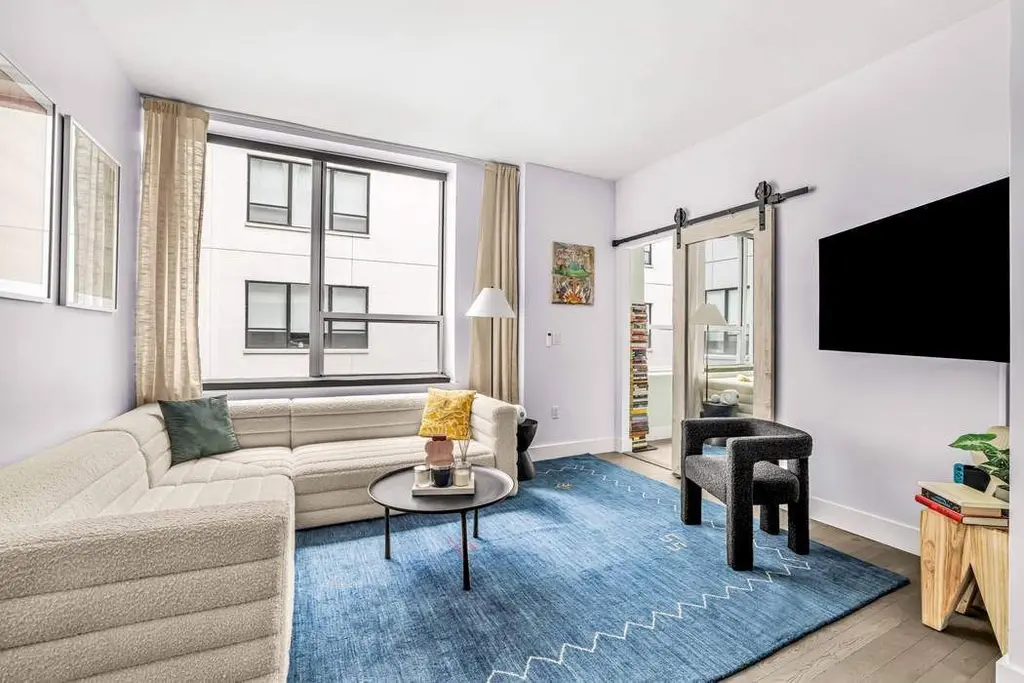
NINE52, #413 (Sothebys International Realty)
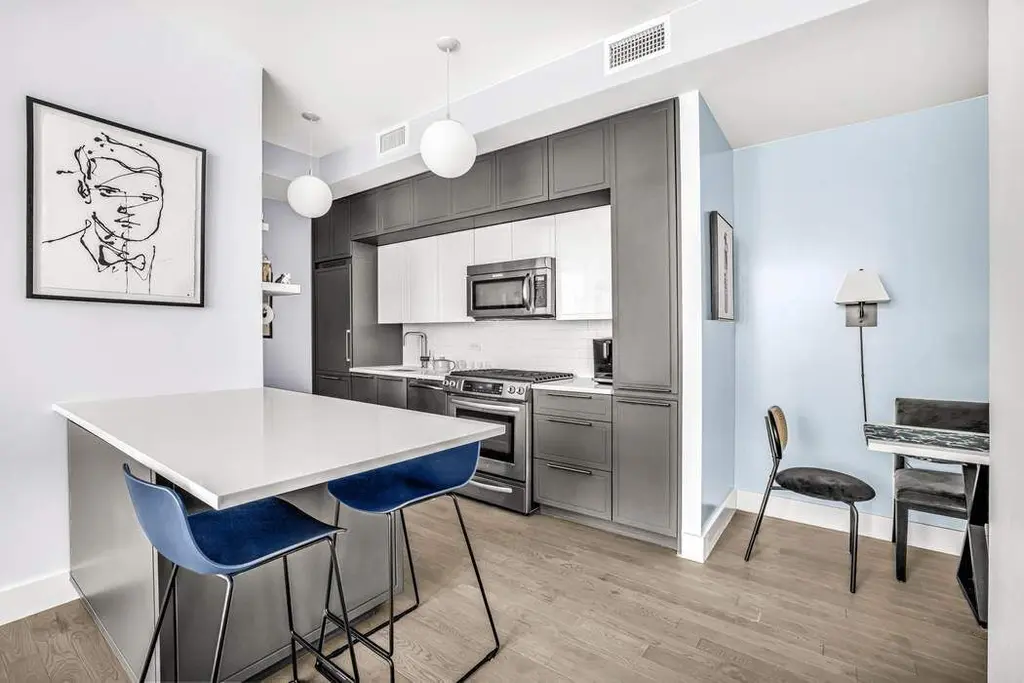
NuSun Vernon, #5L
$1,295,000
Astoria/LIC | Condominium | 2 Bedrooms, 2 Baths | 1,035 ft2
Open House: Sunday August 3, 2025
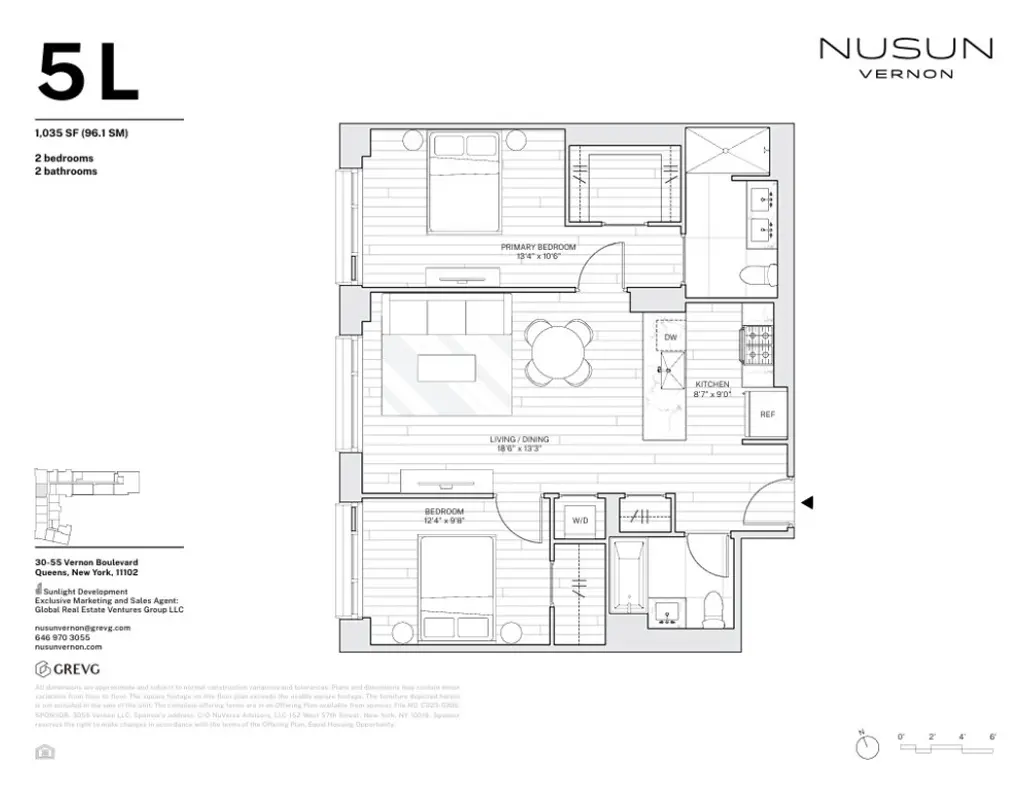
NuSun Vernon, #5L (Ofek Realty)

Bleecker Court, #311
$1,100,000
Greenwich Village | Cooperative | 1 Bedroom, 2 Baths
Open House: Sunday August 3, 2025
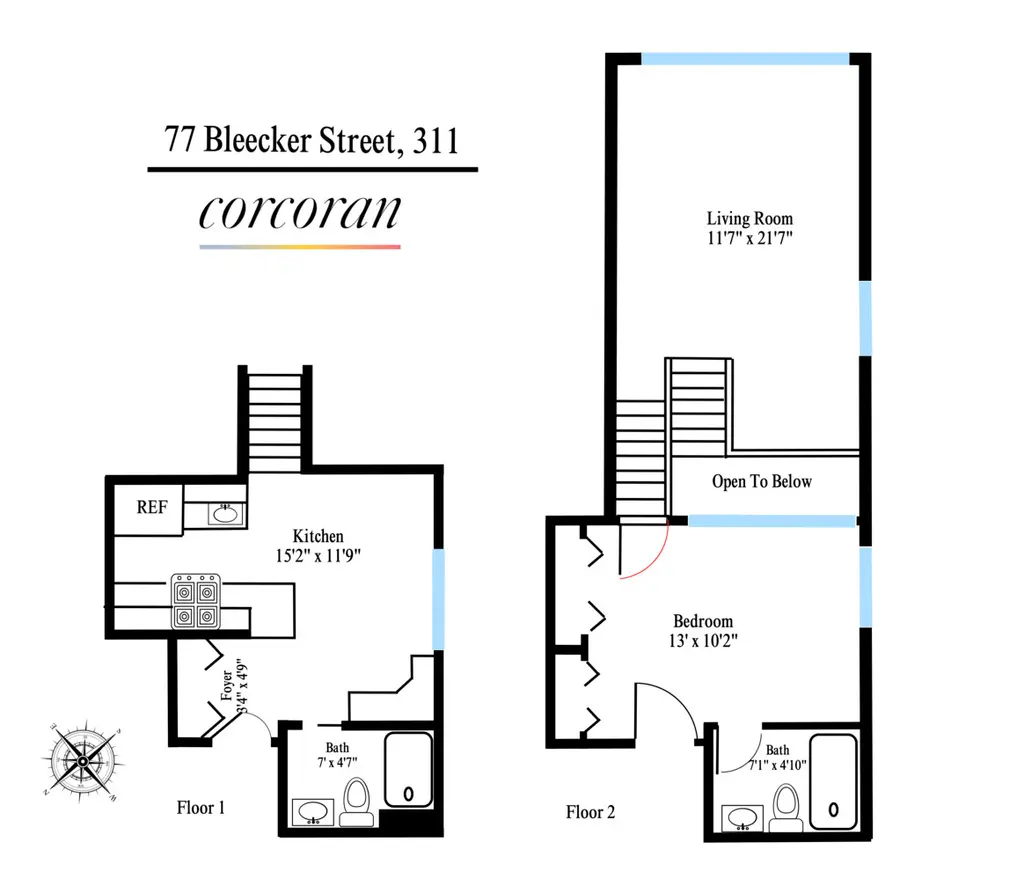
Bleecker Court, #311 (Corcoran Group)


55 West 95th Street, #35
$1,100,000
Central Park West | Cooperative | 2 Bedrooms, 2 Baths
Open House: Sunday August 3, 2025
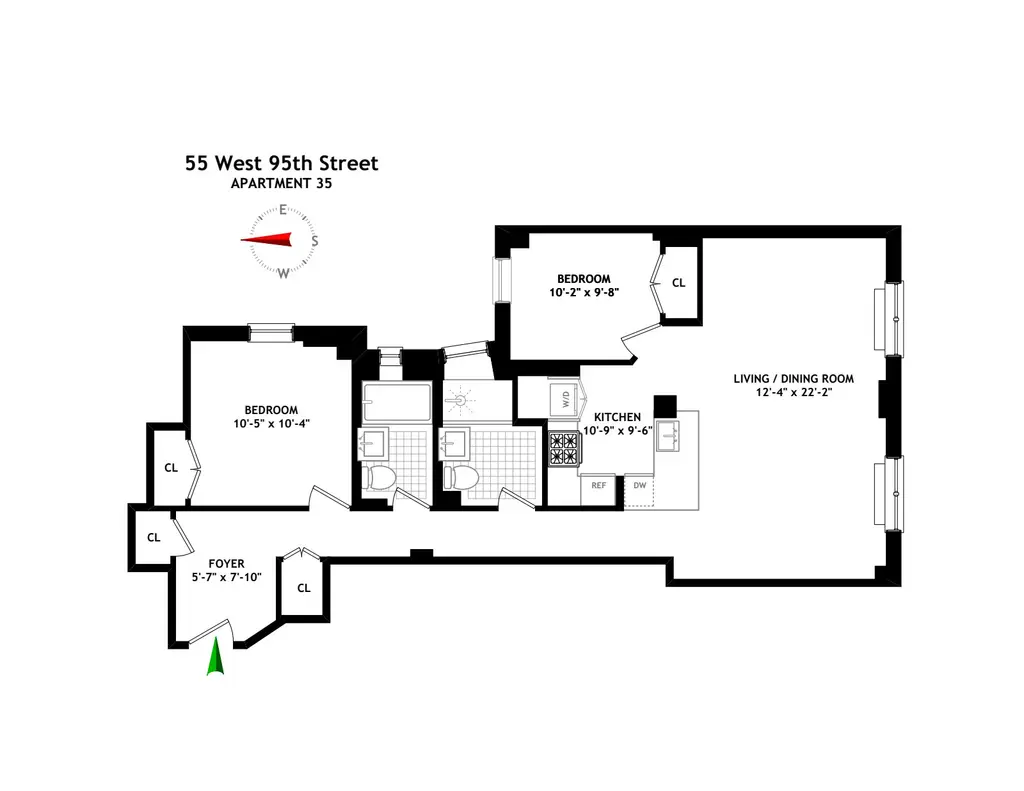
55 West 95th Street, #35 (Brown Harris Stevens Residential Sales LLC)
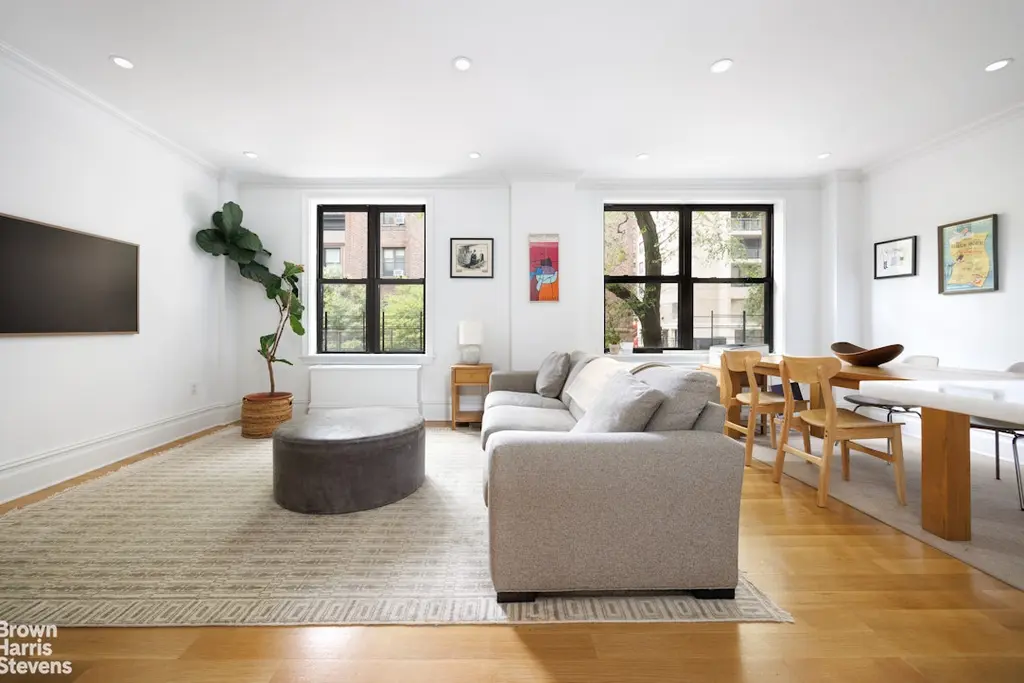
The Phoenix, #25E
$1,100,000
Lenox Hill | Cooperative | 1 Bedroom, 1.5 Baths
Open House: Sunday August 3, 2025
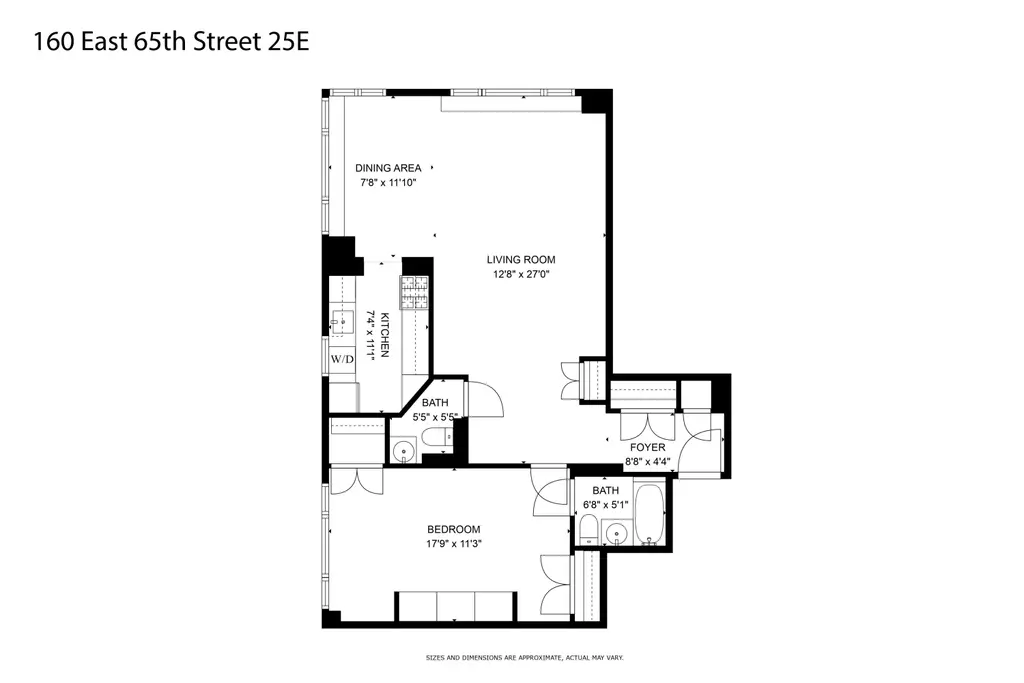
The Phoenix, #25E (Sloane Square LLC)
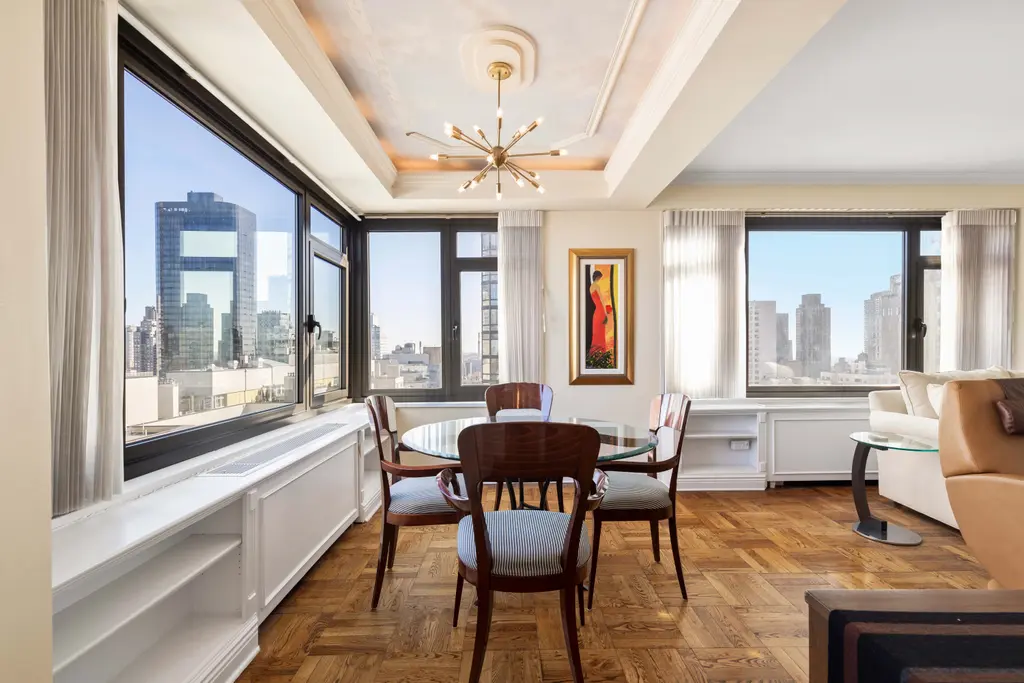
The Centria, #17C
$1,075,000
Midtown West | Condominium | 1 Bedroom, 1 Bath | 773 ft2
Open House: Sunday August 3, 2025
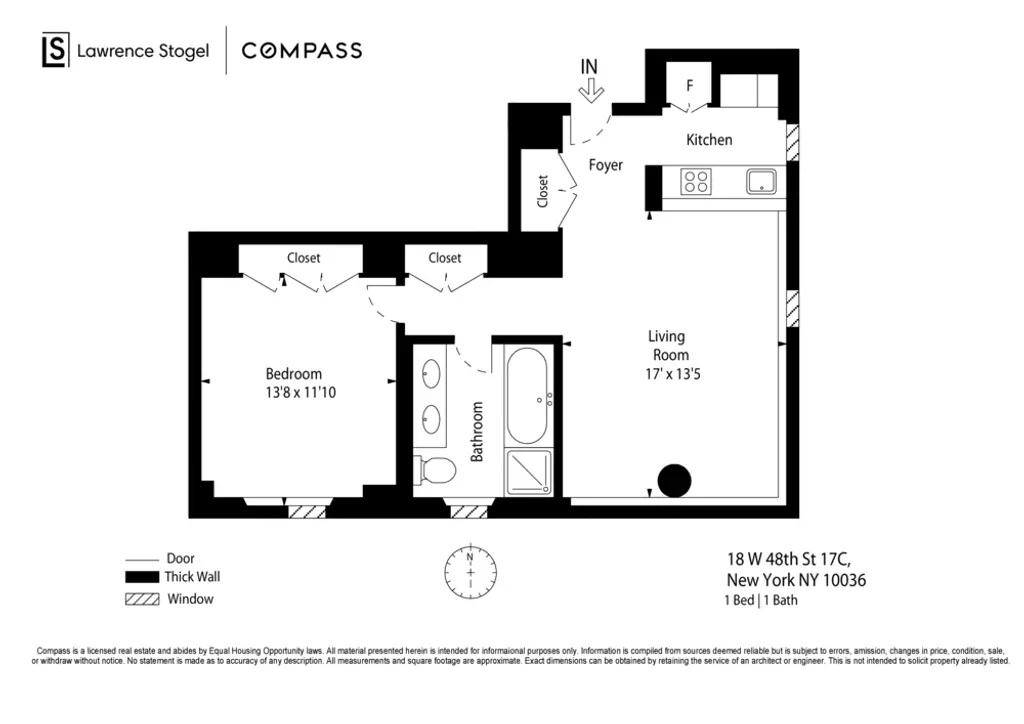
The Centria, #17C (Compass)
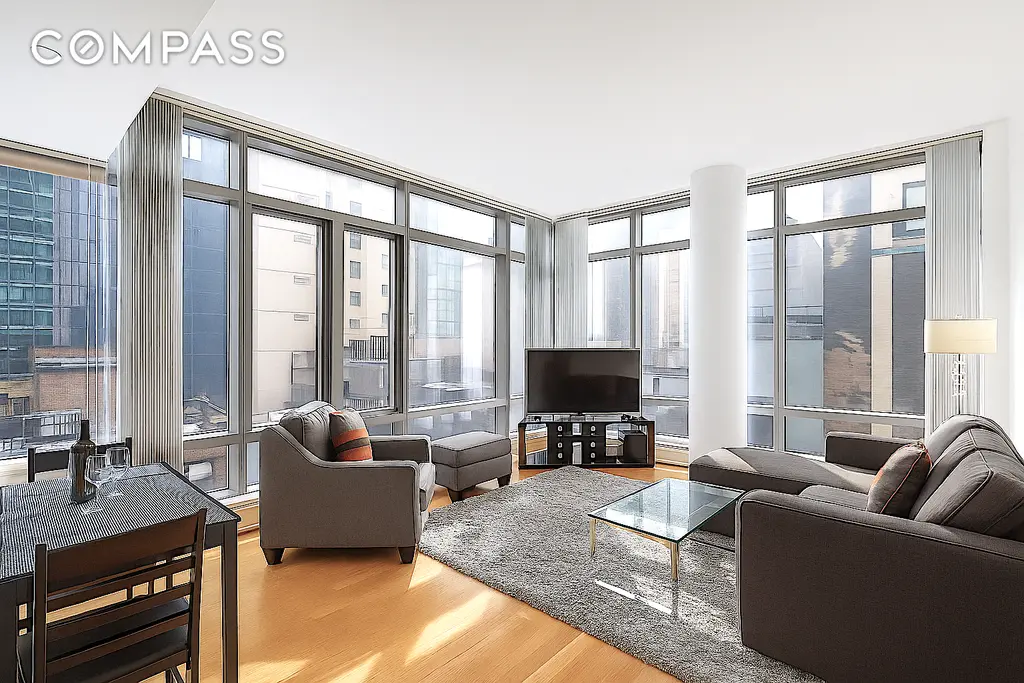
24 Fifth Avenue, #829
$849,000
Greenwich Village | Cooperative | 1 Bedroom, 1 Bath
Open House: Sunday August 3, 2025
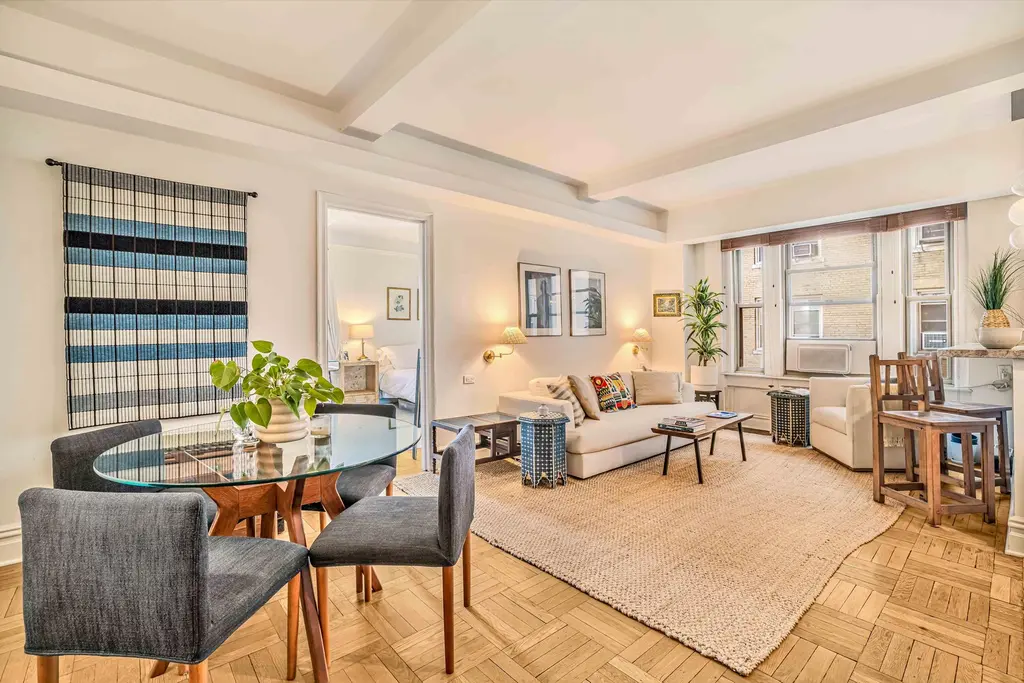
24 Fifth Avenue, #829 (Coldwell Banker Warburg)
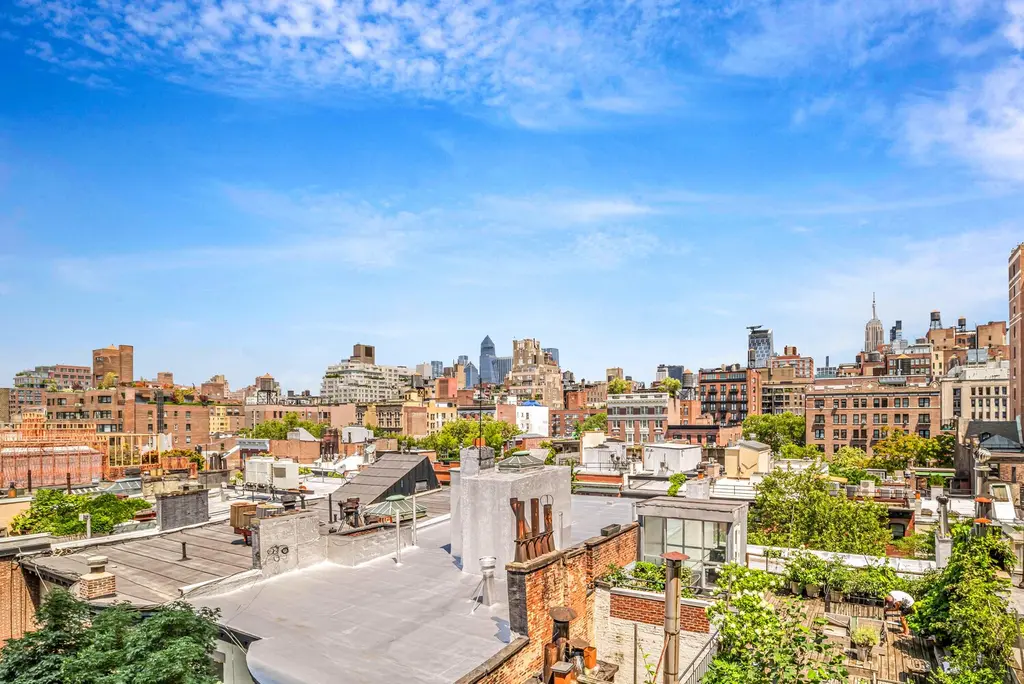
The Impala, #4H
$848,000
Lenox Hill | Condominium | 1 Bedroom, 1 Bath | 725 ft2
Open House: Sunday August 3, 2025
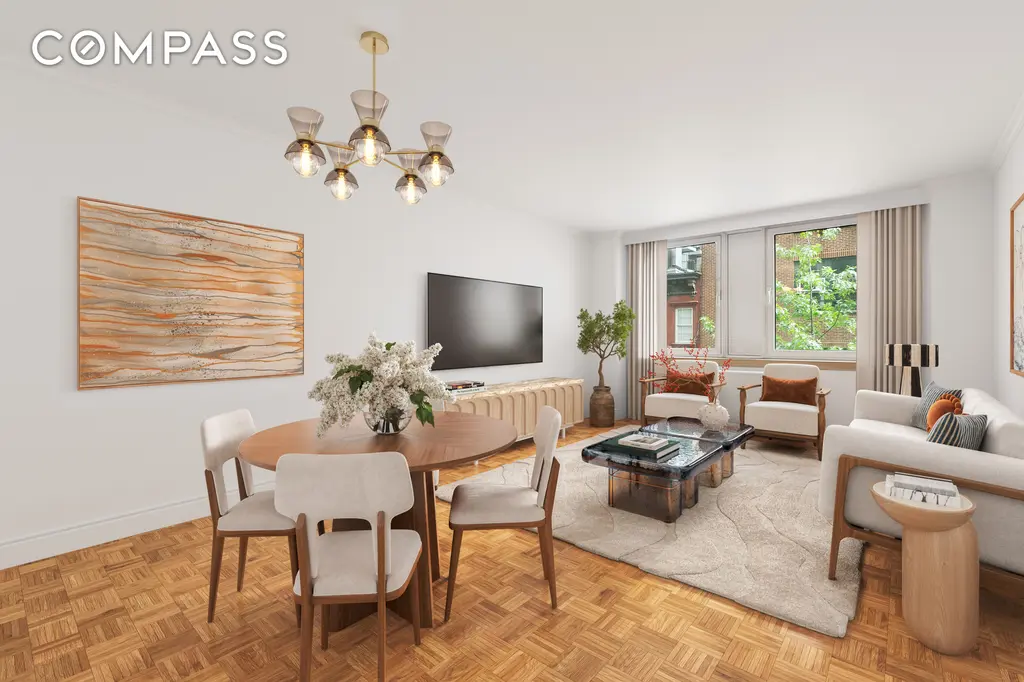
The Impala, #4H (Compass)
The Parc Vendome, #4C
$745,000
Midtown West | Condominium | Studio, 1 Bath | 545 ft2
Open House: Sunday August 3, 2025
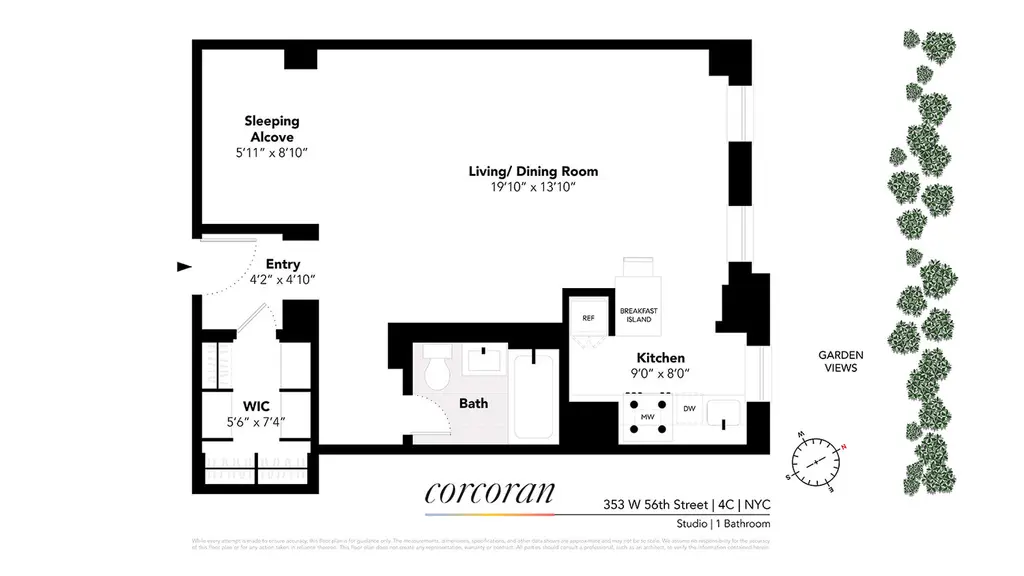
The Parc Vendome, #4C (Corcoran Group)
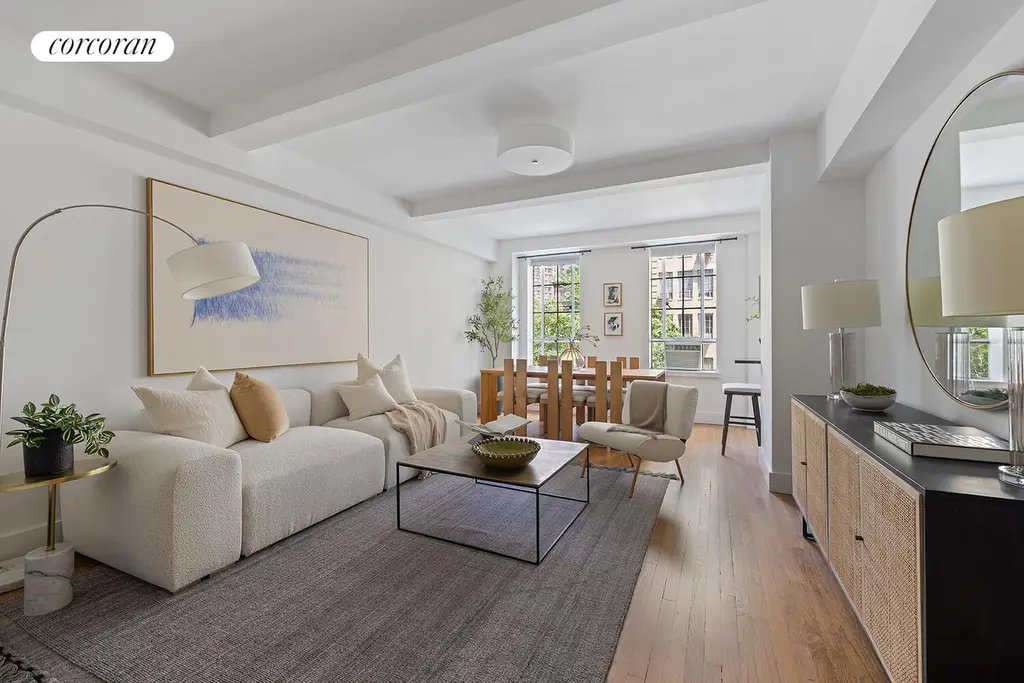
The Royal York II, #E5A
$690,000 (-4.2%)
Lenox Hill | Condop | 1 Bedroom, 1 Bath
Open House: Tuesday, August 5, 2025
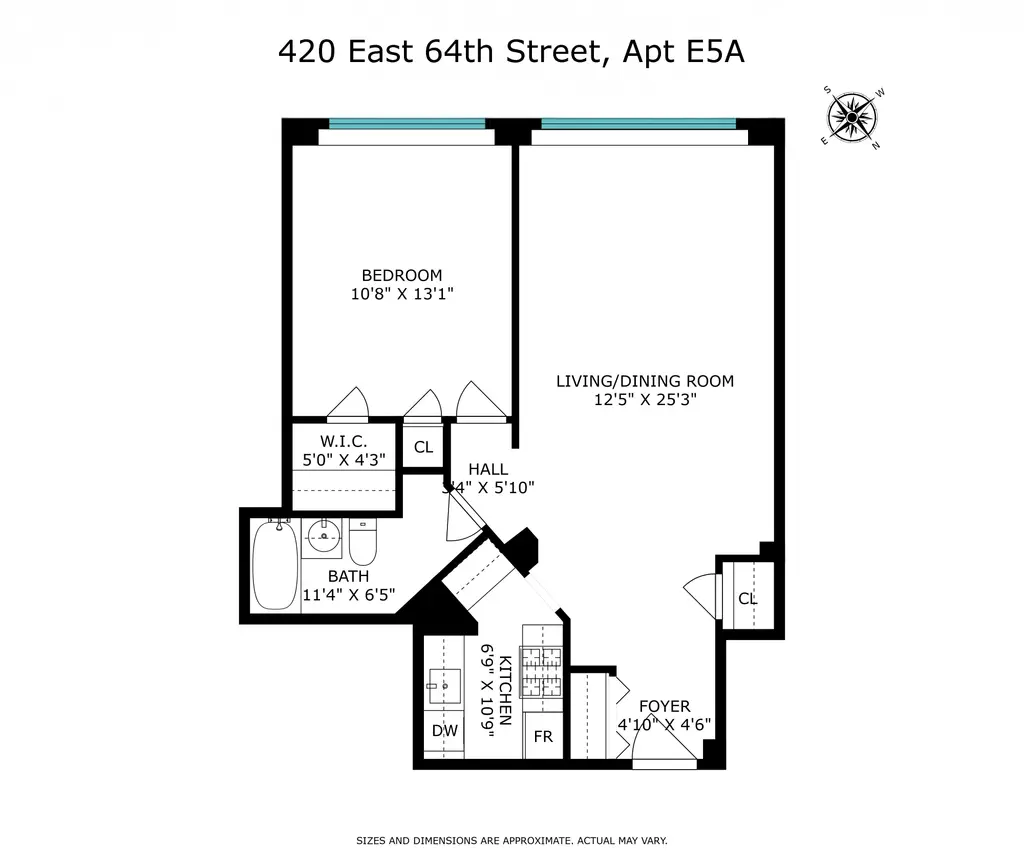
The Royal York II, #E5A (Sothebys International Realty)
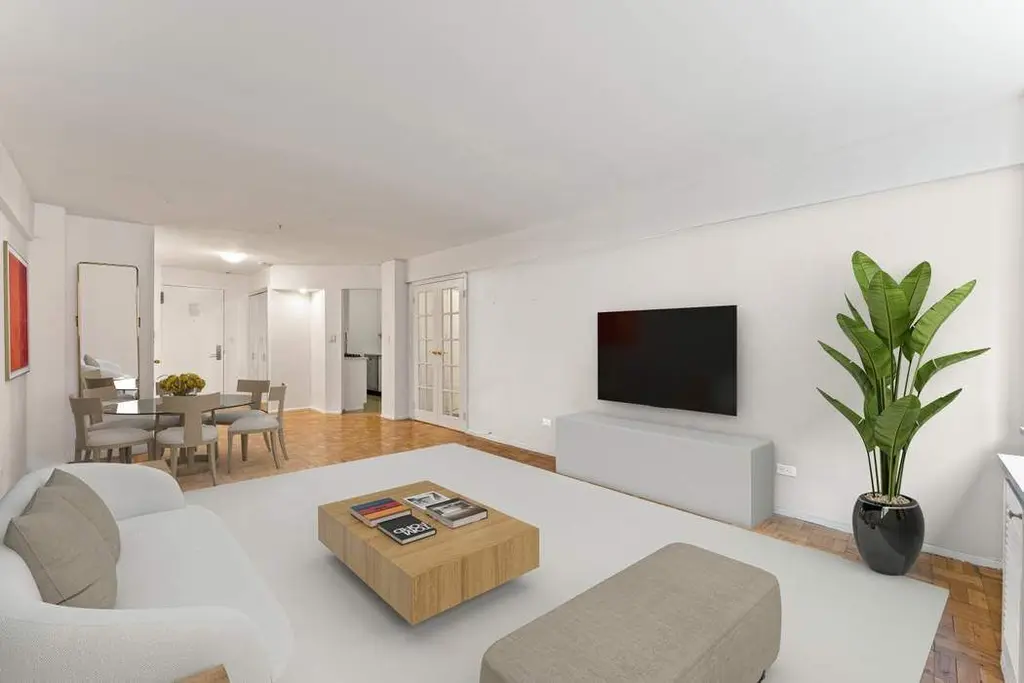
The Churchill, #18F
$675,000
Murray Hill | Condop | 1 Bedroom, 1 Bath | 650 ft2
Open House: Sunday August 3, 2025
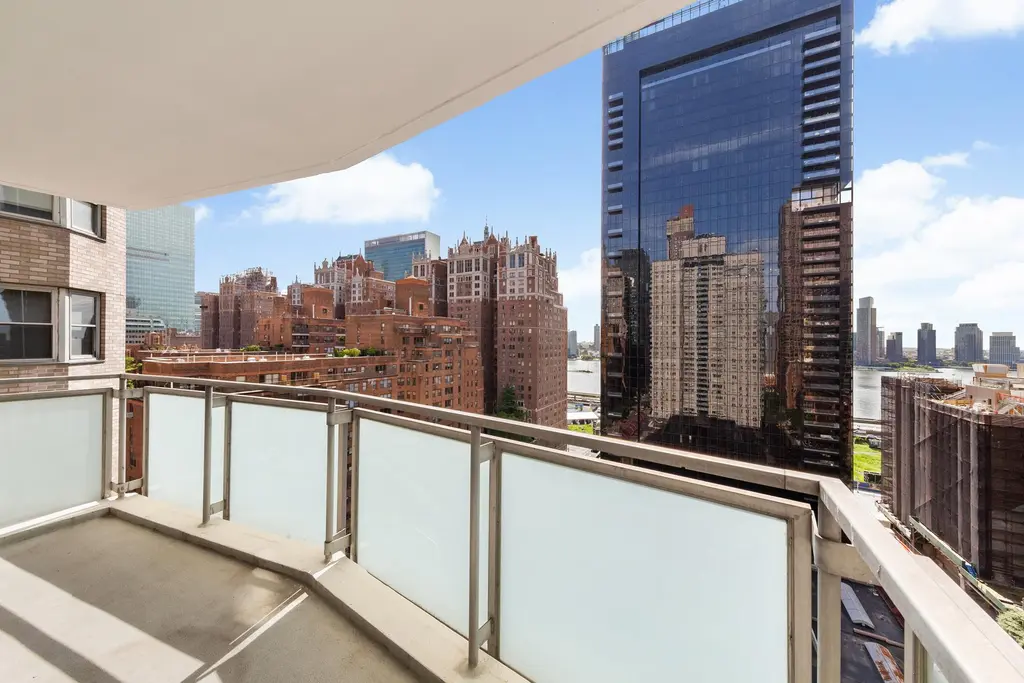
The Churchill, #18F (Douglas Elliman Real Estate)
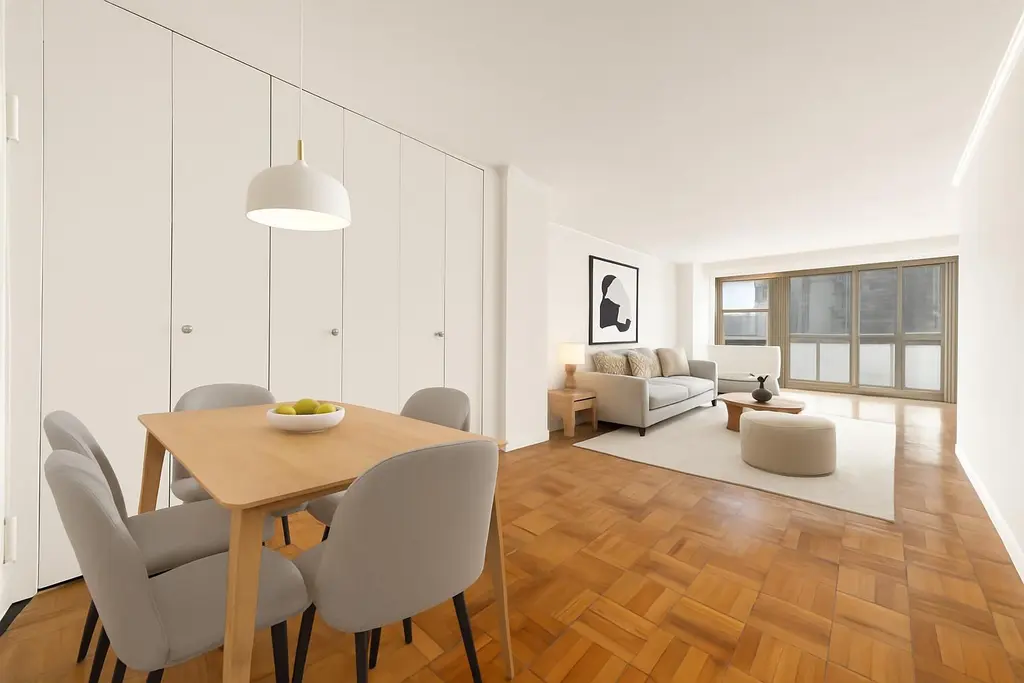
225 East 79th Street, #2B
$650,000
Yorkville | Cooperative | 1 Bedroom, 1 Bath
Open House: Sunday August 3, 2025
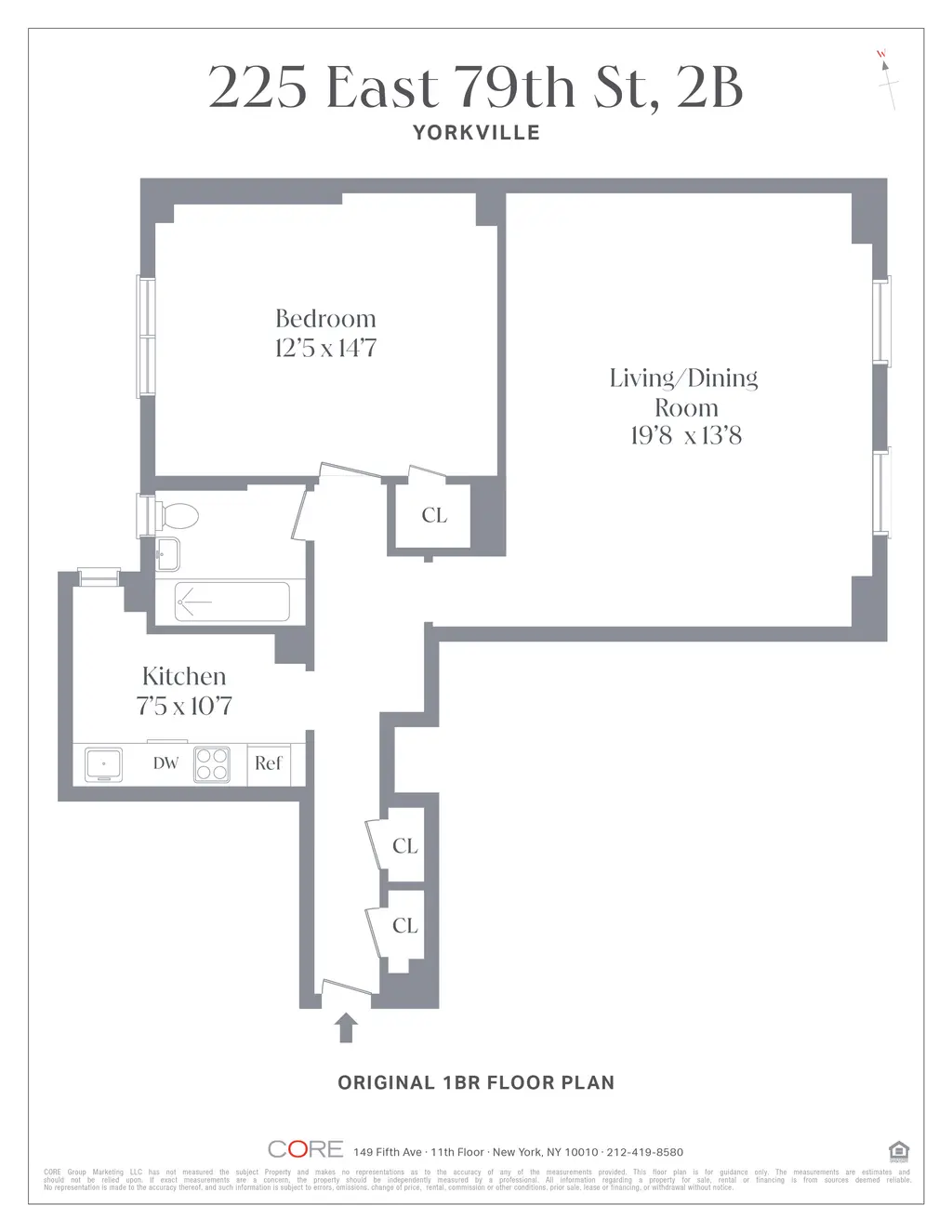
225 East 79th Street, #2B (CORE Group Marketing LLC)

Leslie House, #4G
$499,000
Midtown East | Cooperative | 1 Bedroom, 1 Bath
Open House: Sunday August 3, 2025
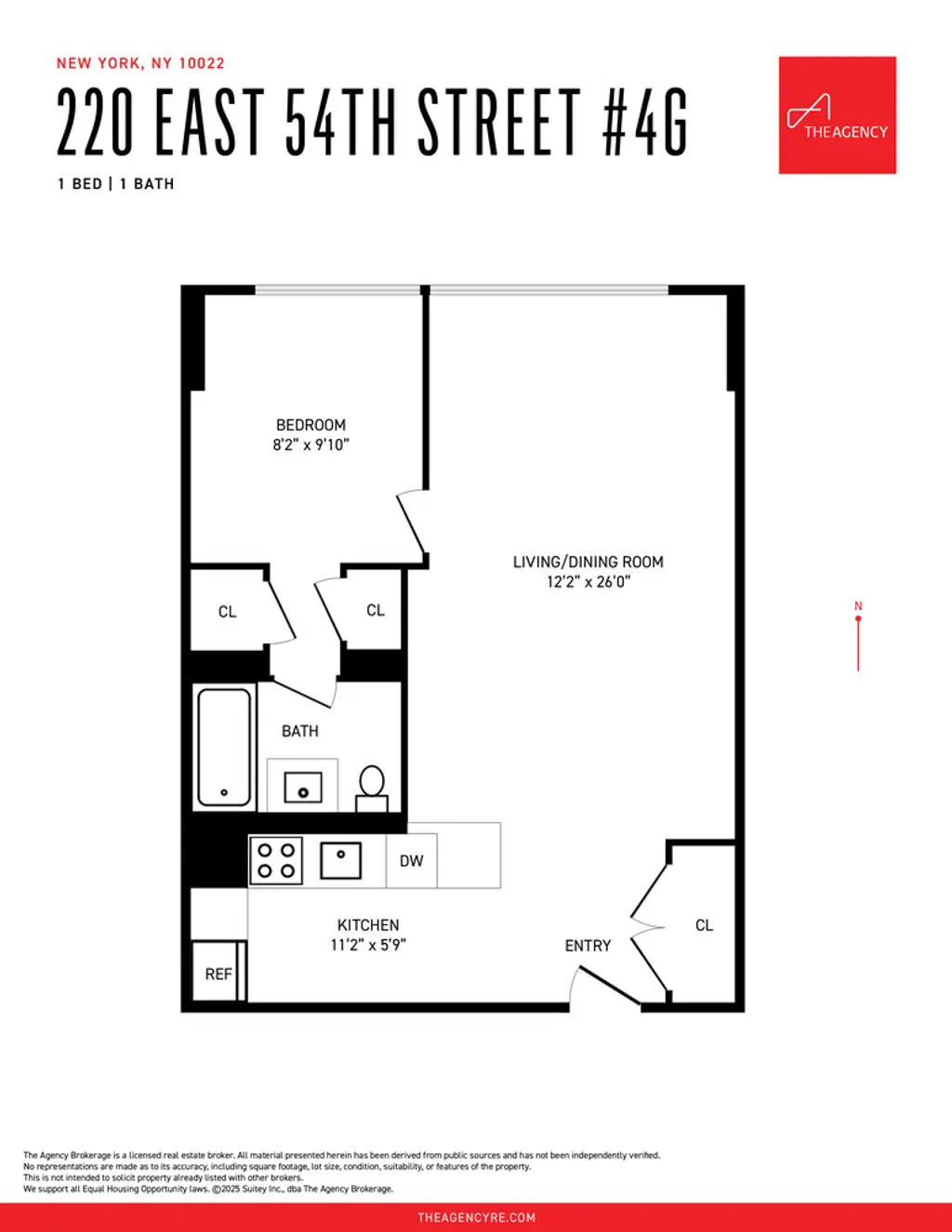
Leslie House, #4G (The Agency Brokerage)
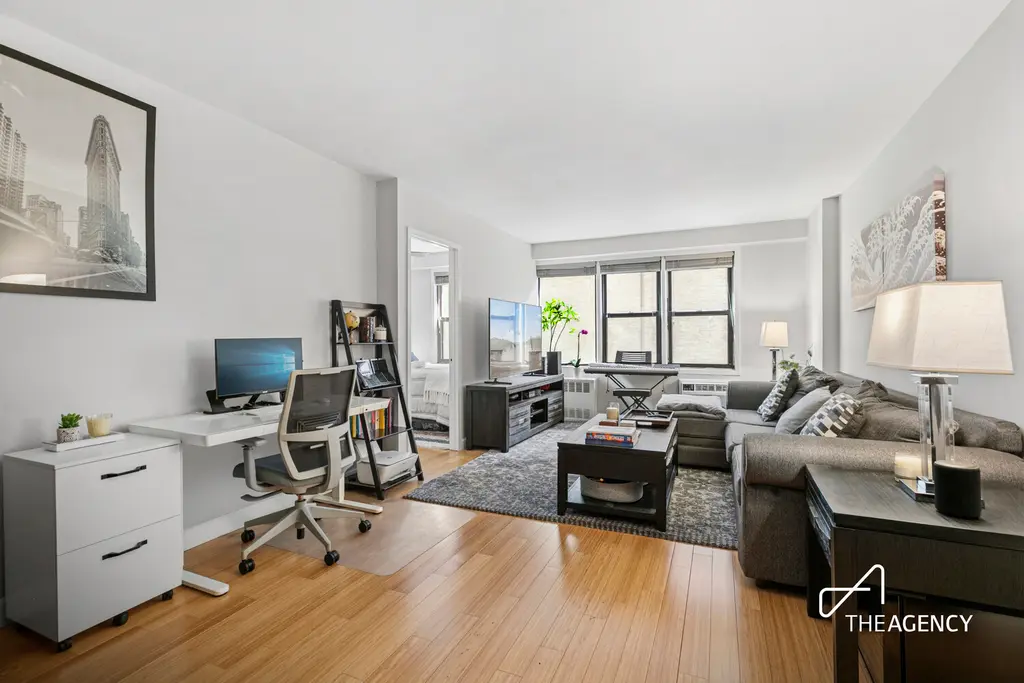
Twelve Seventy Fifth Avenue, #7K
$499,000
East Harlem | Cooperative | 1 Bedroom, 1 Bath
Open House: Sunday August 3, 2025
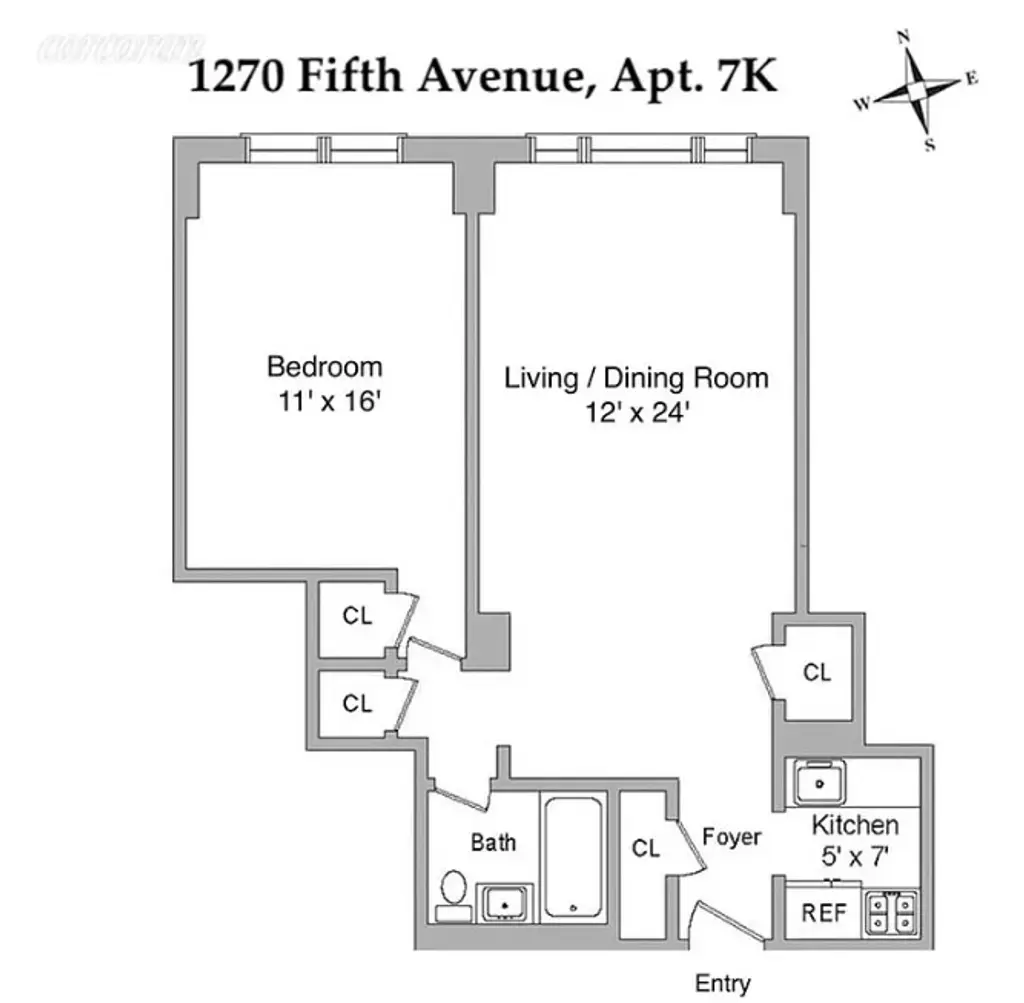
Twelve Seventy Fifth Avenue, #7K (Corcoran Group)
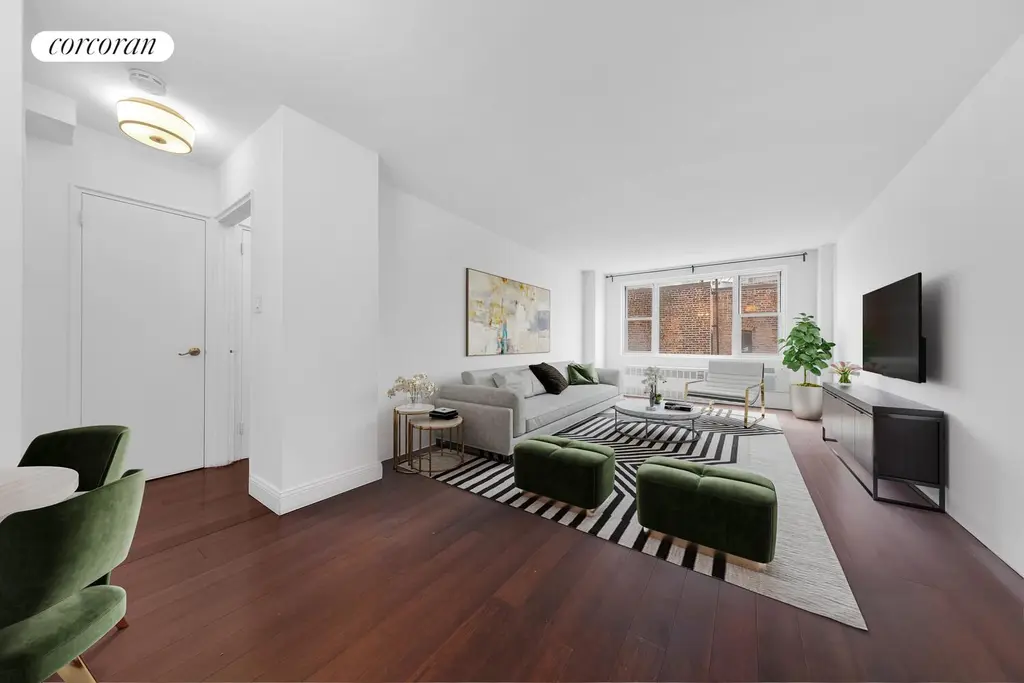
Would you like to tour any of these properties?
Just complete the info below.
Or call us at (212) 755-5544
Would you like to tour any of these properties?

Contributing Writer
Cait Etherington
Cait Etherington has over twenty years of experience working as a journalist and communications consultant. Her articles and reviews have been published in newspapers and magazines across the United States and internationally. An experienced financial writer, Cait is committed to exposing the human side of stories about contemporary business, banking and workplace relations. She also enjoys writing about trends, lifestyles and real estate in New York City where she lives with her family in a cozy apartment on the twentieth floor of a Manhattan high rise.

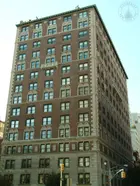


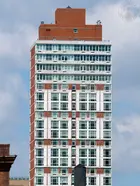
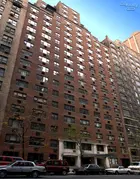

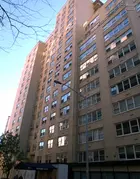
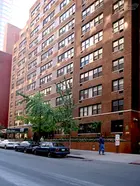
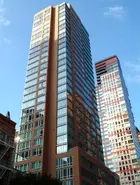


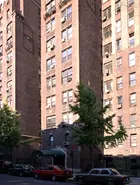


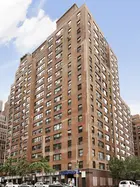









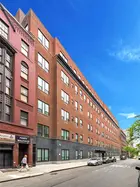
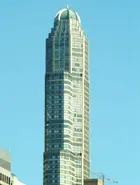

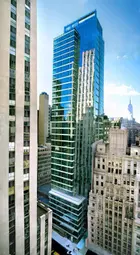
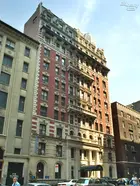

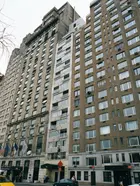
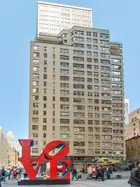


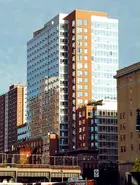
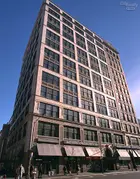


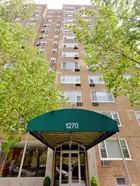



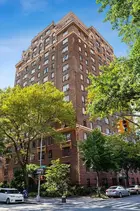


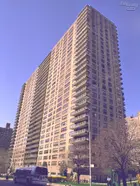
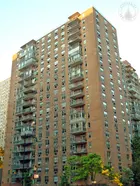
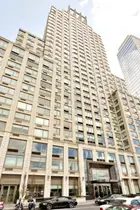


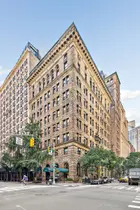
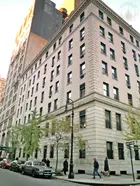
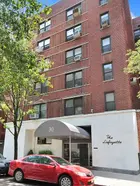

 6sqft delivers the latest on real estate, architecture, and design, straight from New York City.
6sqft delivers the latest on real estate, architecture, and design, straight from New York City.
